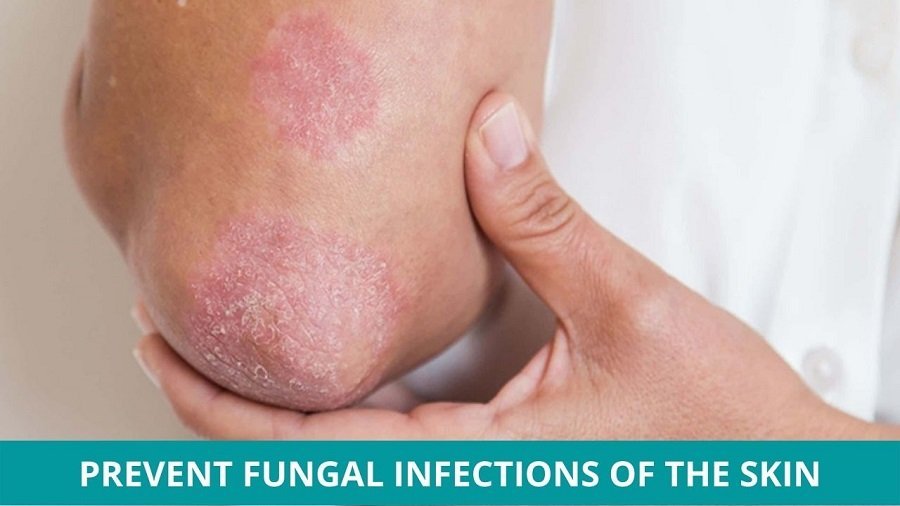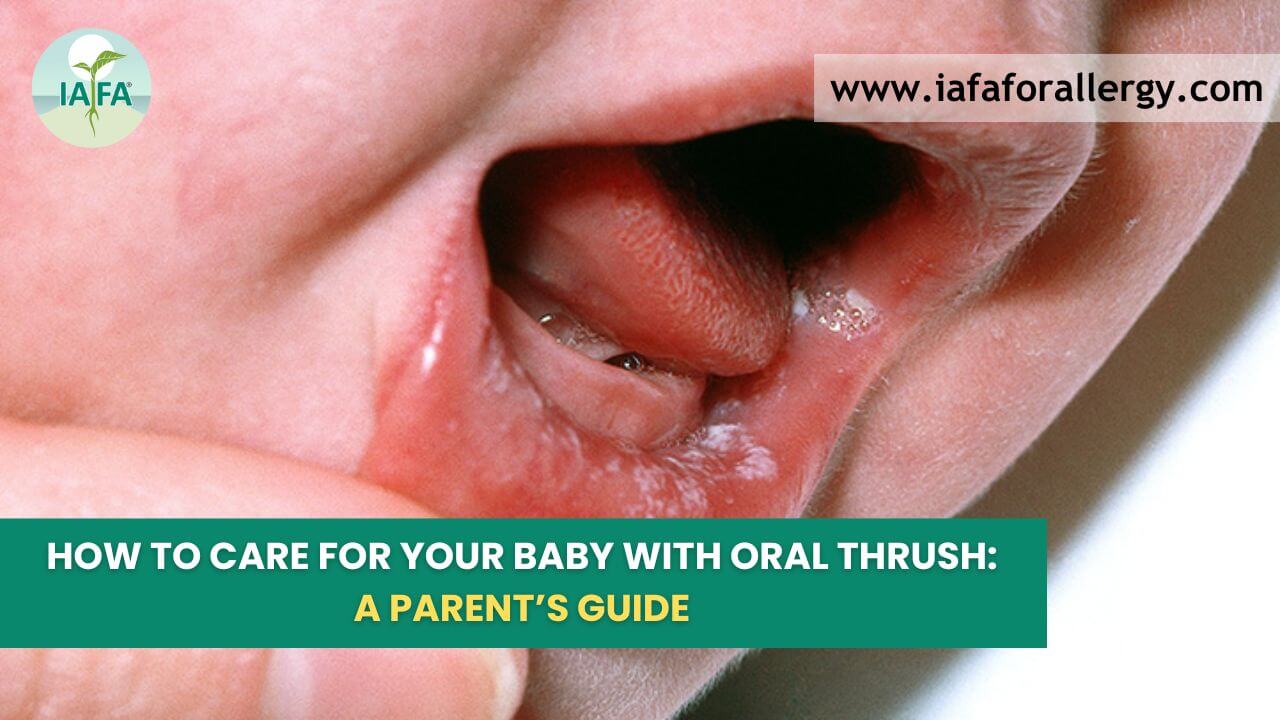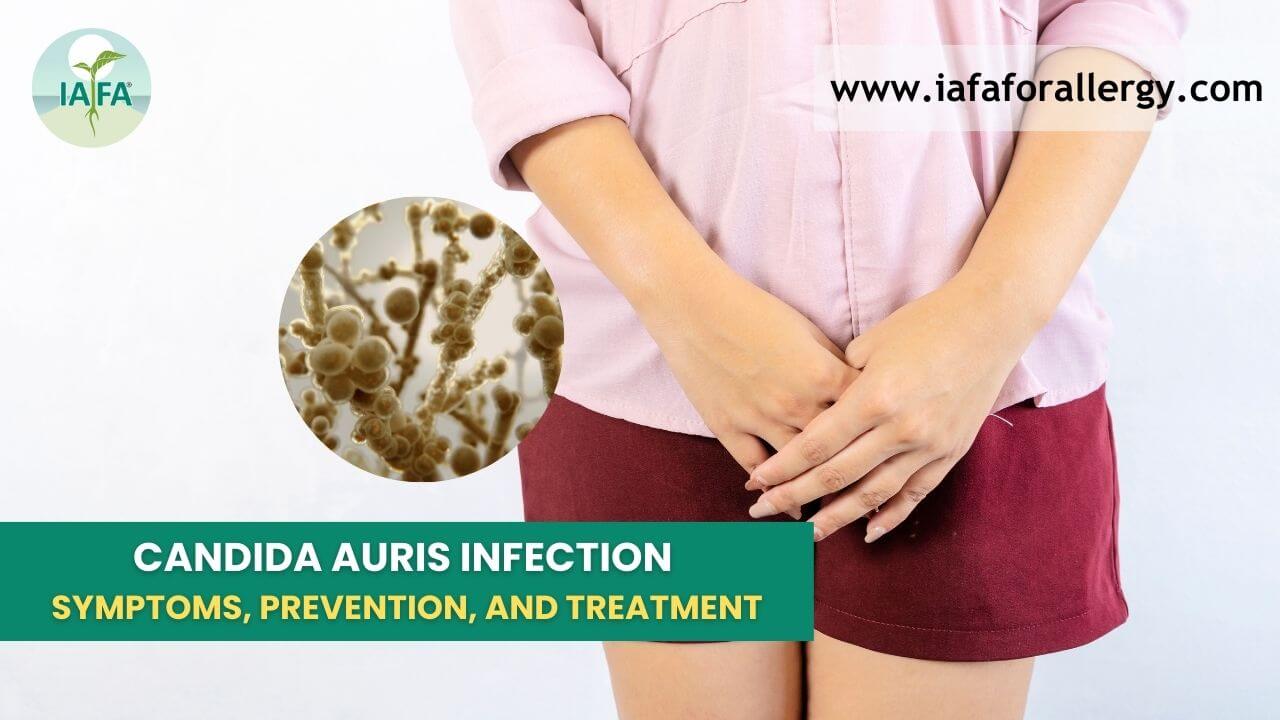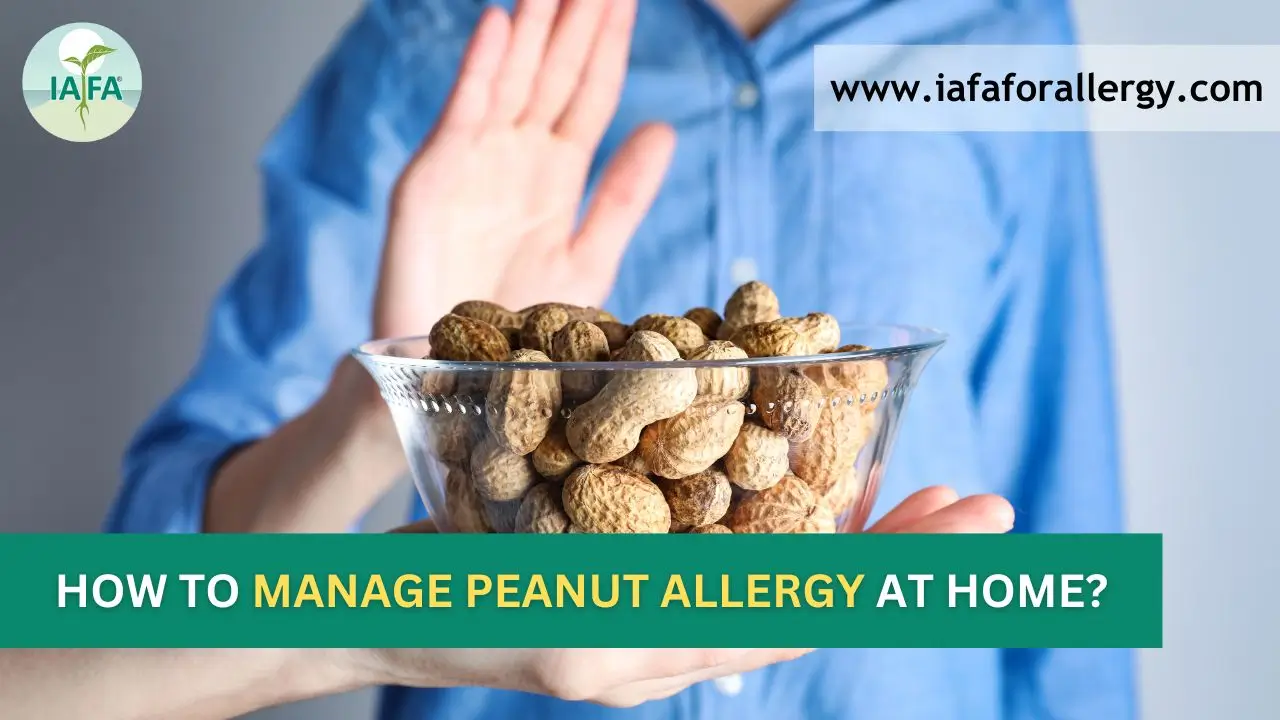Fungal infection or Mycosis is a skin condition or disease that is caused by a fungus, which is actively found in the atmosphere, soil, water, or plant. Some fungi, also naturally thrive in the human body.
In the human body, fungi usually grow in the moist areas where joints or surfaces meet and are prone to sweating. The infection may also spread through direct contact with an infected person or coming into contact with the surface where the fungus thrives. Common fungal infections are caused by yeast and dermatophytes.
Although the infection caused by this microbe may not be serious, it definitely causes discomfort and an unpleasant feeling due to the allergic reaction that may cause a rash, redness, or swelling, which makes it very important to treat fungal infection of the skin.
This article will help you get an overview of the various kinds of fungal infections, their symptoms, and prevention and treatment processes.
Symptoms of Fungal Infections
Symptoms of Fungal Infections include:
- Peeling or cracking skin.
- Redness in the infected area.
- Mild swelling accompanied by redness.
- Scaling or peeling away of the skin.
- Irritation around the affected area.
- Itching.
- Stinging and burning sensations.
- Blisters.
- Layering off of the skin.
Types and Prevention of Fungal Infections
Various different kinds of fungal infections are listed below:
1. Athlete’s Foot: –
Also known as Tinea Pedis, is a common fungal infection that affects the foot. This condition generally develops amongst the athletes, which gives it its name. The reason behind the same is that the fungus dermatophytes that cause this infection, grow in moist, and warm places, which is why sweaty socks and feet are the thriving places for this fungus.
Prevention: –
Following these simple precautions can help in the Treatment of Fungal Infection of the Skin:-
- Making sure that you keep your feet dry, and clean at all times is a major precaution that must be taken to avoid this condition.
- One must also be cautious in locker rooms and shower areas, where the chances of the presence of this fungus are the maximum.
- Sharing of clothes, socks, shoes, and towels must be strictly avoided.
- Always wear clean and dry socks and shoes, and in case of sweating, try and change your socks and dry your feet before you put on a new pair.
2. Jock Itch: –
Inner thighs, buttocks, and groin are the commonly affected areas by this fungal infection, as it develops in surfaces that join or overlap. The fungi that cause this itch to grow in damp and warm areas of the body. Another name for jock itch is Tinea Cruris. The rash is mostly red and circular in shape and has raised edges. It causes extreme itching and burning sensations in the infected area.
Prevention: –
- Maintaining hygiene in the affected area is of foremost importance.
- The infected area must be frequently cleaned throughout the day.
- The area of infection must be kept dry at all times so as to kill the fungus.
- Clean, loose, and cotton garments must be worn if you’re suffering from this infection.
- Sharing of clothes, towels, and sports equipment must be avoided.
3. Ringworm: –
Also known as Tinea Corporis, the fungus that causes this infection thrives on dead tissues of the skin, hair, and nails. Ringworm is the same fungus that causes an athlete’s foot, as well jock itch, and when it appears on the other parts of the body it is called Ringworm.
It’s mostly easy to notice it, as it is a ring-shaped, red, and raised rash. The infection is highly contagious can be easily transmitted through direct contact. Therefore, it’s very important to take necessary precautions in order to contain the infection.
Prevention: –
- Always wear footwear while walking into public areas like shower rooms or locker areas.
- Make sure you keep a personal towel at all times which must be changed on a daily basis.
- Do not scratch or itch the area as the rash and the infection is contagious and might as well spread to the other parts of the body.
- Maintain personal hygiene at all times to avoid sweating and thriving of such fungal infections.
4. Yeast Infections: –
Candida Albicans causes an overgrowth of candida in women, which leads to vaginal yeast infections. The overgrowth of candida causes a disbalance of the yeast and bacteria in the vagina. This imbalance sometimes also leads to diaper rashes and fungal toenails.
The overgrowth of Candida may be an outcome of stress, hormonal disbalance or poor eating habits, and an imbalanced diet.
The infection leads to burning and itching around the vagina, painful urine discharge, and intercourse, excessive and unusual fluid discharge, and swelling, redness, or rashes around the vagina.
Prevention: –
- Prefer wearing loose, comfortable, and clothing that is made of natural fiber like cotton to avoid rashes or sweating.
- Maintain personal hygiene at all times.
- Ensure frequent cleaning of intimate areas.
- Always wash underwear in hot soapy water.
- Frequently switch feminine products to avoid such infections.
Conclusion
Following these simple techniques and preventive measures will help you to avoid catching such fungal infections. To gain a deeper insight on the same aspect or to deal with any other skin allergies or conditions, contact us at IAFA as we can help you to treat all skin-related issues and diseases.








